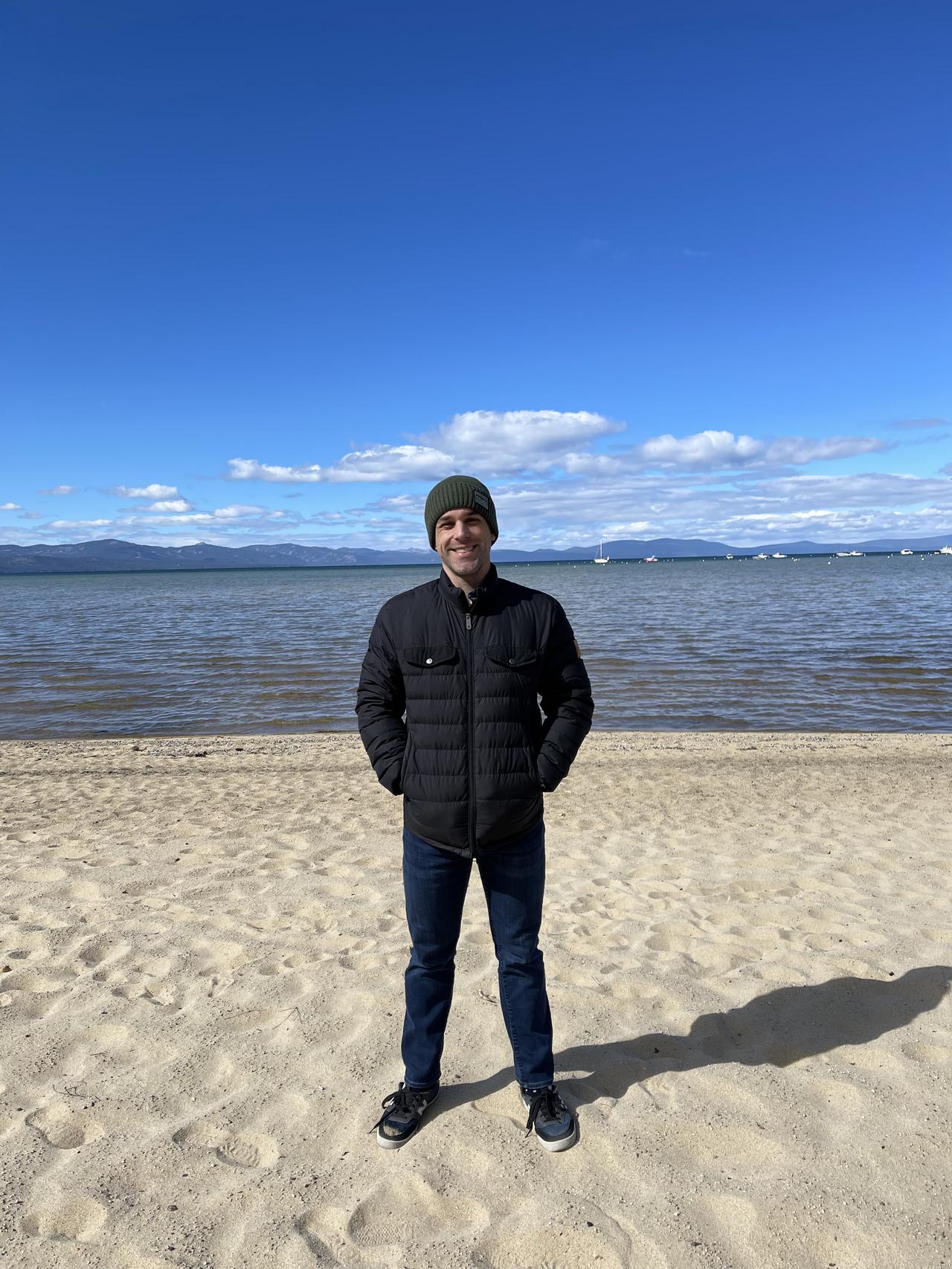Matt's Page Builder

I remember when Matt Mullenweg first announced the Gutenberg editor for WordPress, there were a slew of review posts (many critical). I have been largely quiet on the matter, as I have always felt that time was needed to give it a chance to fully develop.
When I heard news that the classic editor in WordPress was going to be replaced, I was pretty happy about it. Truth be told, the classic editor was so dated it was becoming embarrassing. While once a class leader, by 2018 it was more enjoyable to write in a Google Doc.
WordPress was ready for an upgrade. While I knew it would mean a lot of work for my developers to update LearnDash accordingly, I was pleased with the direction Matt and the WordPress core team were taking to remain competitive (and to keep their investors happy).
What I didn’t expect was a complete shift from the typical WordPress value proposition.
In my ignorance, I thought that the updated experience would focus on making a killer writing experience for bloggers. Something like Medium or Substack, but better. Something done the “WordPress way” that helped writers bring their words to life on the world’s greatest CMS.
What we got was something in-between a page builder and writing tool, and as of the date of this article, it’s not a class leader in either category.
You can’t be two things at once, at least not very well. Yet, this is what we have with the Gutenberg editor.
From Day 1, Gutenberg was sold to us as a front-end page builder.
First, it was pretty apparent to everyone that it was nothing close to a front-end builder. Like, not at all.
That was a mistake, and I think the core team realized it afterwards. Since then, corporate has changed that terminology slightly to “full-site editing”, and it has caught on. This is probably for the best, as there is nothing front-end about Gutenberg, but it still conveys a similar value proposition to users.
But not only were we promised a site builder, we were also told that the new editor experience was an excellent writing tool. It was clear to all of us in attendance during its unveiling that Gutenberg was definitely not that, either.
I was okay with this at the time because everything was new. It has been years since then, and Gutenberg has come a long way (in particular as a page builder). I have seen folks create some pretty attractive websites using it. I particularly think that Kadence does an impressive job with their layouts. Websites using Gutenberg also load very fast, which is of critical importance.
But I feel that these page building developments have come at a cost: the writing experience in the Gutenberg editor is pretty bad. Is it the worst thing out there? No. It’s sufficient, but its performance largely depends on your site and the number of plugins you may have installed.
Now, I know of regular bloggers who think it’s somewhat enjoyable. While that’s great, I have to ask: is the writing experience actually better than platforms such as Medium and Substack?
I put out a tweet about how I felt Matt’s Gutenberg editor was positioned more as a page builder, and not for writing. I received some replies from folks who said they have grown to appreciate it, like this one from my friend Alex:
I like the block editor. It’s a little quirky sometimes, but I’ve gotten quite comfortable with it. Now when I go back to classic I feel the same as you.
— Alex Standiford (@AlexStandiford) August 28, 2021
This seems to be the prevailing sentiment. The experience is something that you get used to using. Though, I am not certain if that's the tagline WordPress would want to use:
“Writing in WordPress: you'll get used to it!”
The lack-luster writing experience is what gets to me the most. So much so that I don’t even bother using WordPress for this blog. I use WriteFreely instead, another open-source software but with an emphasis on writing and simplicity (I have a deep-dive article that I am finishing related to this. If you’re interested, subscribe at the end of this post to get notified).
All of this said, I always recommend WordPress to people looking to build a business that relies upon organic traffic from Google. And as a CMS, WordPress can’t be beat! You can create super advanced functionality without any code.
So, what is the real plan here?
I have to believe that there is a long-term plan with the editor experience that we are not privy to in the WordPress community. This feels especially true given the large amount of investment to come Automattic’s way in recent years. But to be fair, long-term plans are never shared from corporate. Two and three-year plans maybe, but not five to seven-year objectives.
And while the community has for the most part adopted Gutenberg, it did feel a little forced. Meanwhile, Elementor continues to crush it. This is starting to create an awkward scenario where Matt’s homegrown page builder is losing out to a third-party page builder for WordPress. It’s not a good look currently, but I do think that the gap is starting to narrow.
I continue to pull for Gutenberg. I know that it will grow as a page builder, and maybe along the way it can become a decent writing tool as well, but I am not confident that this is a top priority. Regardless, there are smart people behind the whole project, and it shows.






















